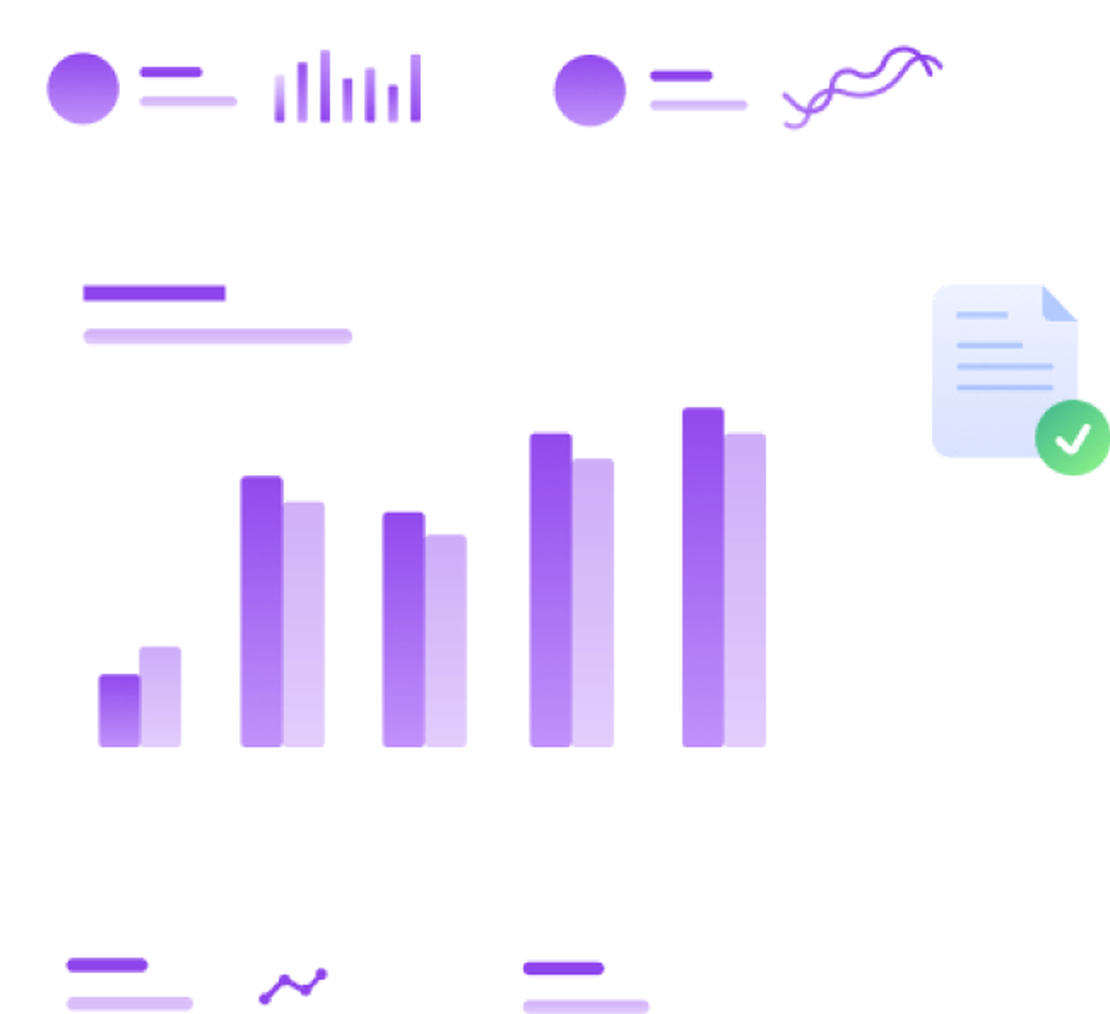What is a Loss Control Inspection?
April 4, 2022
A robust loss control program is essential for insurers looking to minimize risk and ensure that their clients maintain compliance with safety and operational standards. The right program not only helps improve the quality of insureds but also strengthens the overall success of a commercial insurance portfolio, especially in high-risk lines like General Liability. So, what exactly does a loss control program entail, and why is it so important?
At its core, a loss control program is designed to regularly audit insureds’ data, ensuring accuracy, reducing exposure to risk, and creating a more stable insurance environment. By inspecting insureds’ information shortly after the policy is bound, insurers can catch any potential discrepancies and address them before they become more significant issues.
The audit process begins as soon as an inspection is created from an import file, which is sent to the Audit Manager. The next steps include reaching out to the insured via email, text, or phone to request the necessary information.
Here’s an outline of how a typical audit process works:
- On Day 1, an inspection is created, and an initial request is sent to the insured.
- By Day 3, if no response has been received, a live phone call is made to follow up.
- The process continues with regular follow-ups, including second and third requests at intervals like Day 10, Day 20, and a final call on Day 21.
- If the insured remains unresponsive after 30 days, a non-compliance report is sent to the client, and further action is taken.
This structured approach ensures that insureds are given multiple opportunities to provide accurate information, while also maintaining a level of accountability. A loss control program’s value lies in its ability to prevent risks before they materialize, ensuring that the data insurers use to calculate risk and premiums is accurate and complete.
“Performing audits early in the policy term helps insurers catch and address potential discrepancies, reducing future risk and ensuring program stability.”
Additionally, the program requires strict compliance. A completed audit must involve at least three attempts to contact the insured and two calls to the agent for assistance. If the insured does not comply, the case is escalated to the client for further review. This diligent process ensures that insurers have the necessary data to effectively manage risk and protect their bottom line.
Loss control programs also make use of detailed templates, reports, and communication scripts to streamline the audit process. These templates standardize the steps involved in contacting insureds, ensuring that no detail is overlooked. For example, an Audit Report tracks the progress of each case, showing whether or not the insured has complied. A Non-Compliant Report is generated when insureds fail to respond after repeated attempts.
By leveraging technology, templates, and a well-structured communication strategy, insurers can maintain a clear audit trail, ensure compliance, and improve the overall quality of their insureds.
In conclusion, a well-designed loss control program plays a critical role in maintaining the accuracy of risk assessments, reducing exposure, and ensuring that insurers and insureds alike can benefit from a long-term, stable insurance program.

